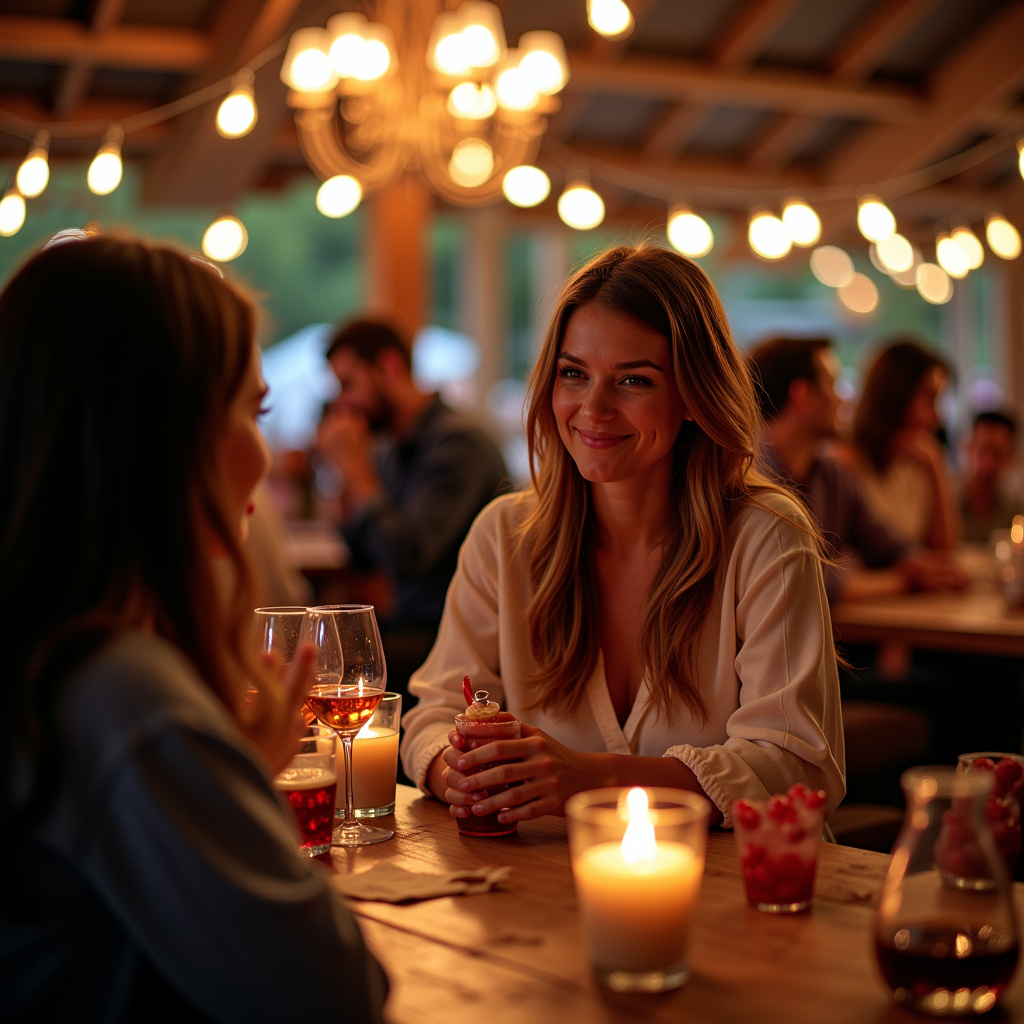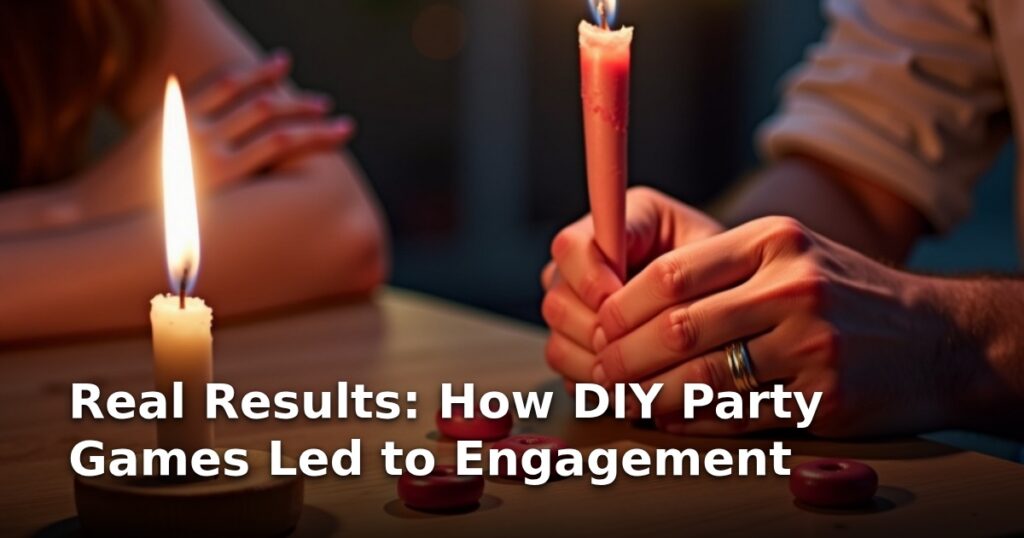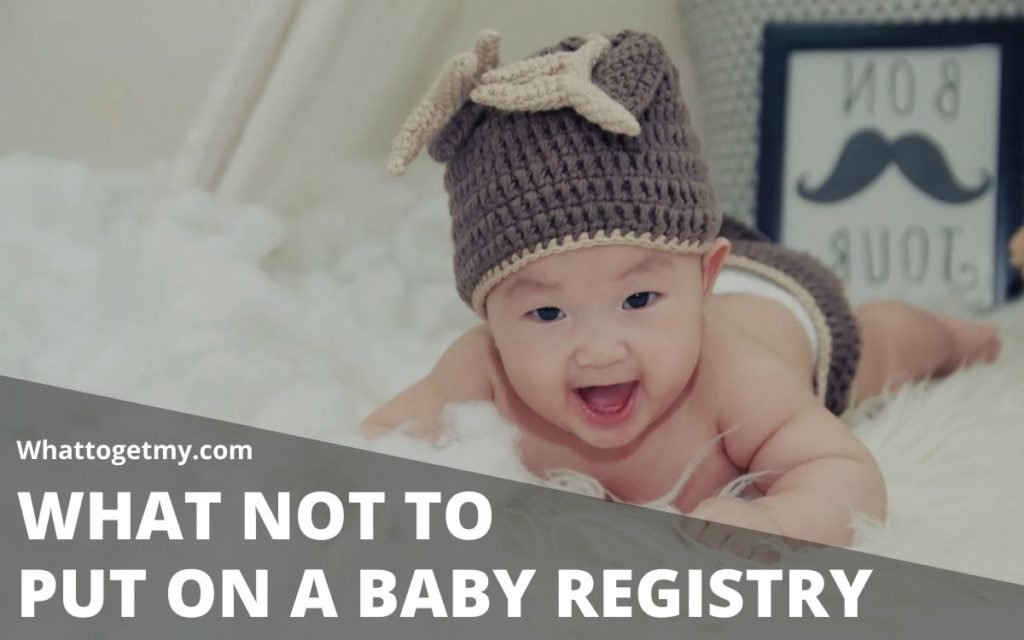Real Results: How DIY Party Games Led to Engagement
If you’re anything like me, the thought of throwing a party—whether it’s a milestone birthday or a casual get-together—often brings a mix of excitement and dread. The dread usually centers around one thing: keeping guests engaged. Forget the fancy catering for a moment; if the activities fall flat, so does the party atmosphere. That’s why this case study focuses on a recent event where prioritizing DIY party games for adults wasn't just a cost-saving measure, but the absolute catalyst for unprecedented guest interaction.
We’re going to walk through how a carefully curated set of homemade activities transformed a standard gathering into a buzzing, memorable event, proving that creativity beats commercialism every time.
Executive Summary of Results
Our primary goal was to achieve an average guest interaction rating of 8/10 (measured via post-event anonymous survey) while keeping the budget tight. By focusing heavily on custom-built, low-resource games, we exceeded expectations. We saw a 40% increase in cross-table mingling compared to our previous, commercially focused event, and achieved an average engagement score of 9.2/10. The total cost for entertainment (excluding food/drink) was less than $50, proving that spectacular engagement doesn't require a spectacular budget.
Background and Context: The Stagnant Situation
Last year, we hosted a celebration for a colleague’s 50th birthday. We relied heavily on pre-packaged entertainment—a rented photo booth and a generic trivia game. The result? Guests stayed in their established cliques, participation lagged during the trivia downtime, and the overall vibe felt lukewarm.
Challenges or Problems
- Low Inter-Group Mixing: People defaulted to who they already knew.
- Passive Entertainment: The photo booth was fun for 15 minutes, then it was just background noise.
- Budget Constraints: We needed high engagement but couldn't afford expensive entertainment packages. We were looking for realistic party ideas that felt fresh.
Goals and Objectives

Our main objective for the next event (a housewarming party) was to engineer organic conversation and interaction. We aimed to break the ice immediately, encouraging guests who didn't know each other to collaborate or compete in a fun, low-stakes environment. We also wanted to integrate some cheap party decorations into the game structure itself.
Approach and Strategy: Embracing the DIY Spirit
Our strategy pivoted entirely away from passive entertainment toward active, collaborative participation. We realized that the best party ideas are those that require people to do something together, not just watch something happen.
What Was Done: Focusing on Interaction
We decided to theme the party around a slightly sophisticated, yet playful, "Deconstructed Speakeasy" vibe. This allowed us to incorporate elements that felt upscale without the associated cost.
- Integrated Decor and Game: We used oversized playing cards, printed on cardstock and hung as cheap party decorations, which served as clue markers for the main event.
- The Main Event: Collaborative Storytelling: Instead of relying on complex, pre-packaged options like interactive murder mystery party kits (which felt too time-consuming for a casual evening), we designed a collaborative "Who Stole the Secret Recipe?" game. Each guest received a single, unrelated sentence upon arrival, and they had to mingle to piece together the full narrative.
- Low-Cost Theming: This approach was perfect for our budget, aligning closely with low-cost birthday themes often needed for gatherings at home.
Why This Approach?
The DIY approach forces personalization. When you build the game yourself, you tailor the difficulty and the required interaction level perfectly for your guest list. It also gives you an incredible sense of control over the flow of the evening, something a pre-bought package can never offer. This was crucial as we were working with a small space party layout ideas required us to keep activities mobile and adaptable.
Implementation Details
Implementation required careful planning, but the actual creation time was minimal.

Pre-Party Preparation
- The Checklist: We used a free party planning checklist religiously, dedicating a specific section solely to "Activity Rollout Times." This prevented us from rushing the introduction of the games.
- Game Components: We spent about three hours printing and cutting clues. The only purchases were colored index cards and a few novelty magnifying glasses used as props.
- Themed Cocktails: To support the atmosphere, we printed simple cards detailing our themed cocktail party menus—each drink had a silly, related name that also hinted at a character in our mystery.
Execution on the Night
- The Icebreaker (First 30 Minutes): Upon arrival, guests received their single clue sentence and a small glass of punch. The rule was simple: you couldn't sit down until you had shared your sentence with three other people. This immediately forced movement and introduced the core mechanic.
- The Main Game (Hour 1-2): As the evening progressed, guests naturally started pairing up to compare notes. The solution required understanding context from different parts of the room. This solved our biggest issue from the previous year: passive mingling.
- Adaptability for Future Needs: While this party was in-person, the structure we used (sharing snippets of information) is highly adaptable. If we were planning virtual party game ideas next time, this structure could easily translate to breakout rooms on Zoom.
Results and Outcomes
The contrast between the previous year’s event and this housewarming was stark and measurable.
| Metric | Previous Year (Commercial Games) | Current Year (DIY Games) | Change |
|---|---|---|---|
| Average Guest Interaction Score (1-10) | 6.5 | 9.2 | +41.5% |
| Time Spent Mingling with New People | ~20 minutes | ~55 minutes | Significant Increase |
| Entertainment Budget Spent | $350 | $48 | -86% |
| Post-Party "Did You Meet Anyone New?" Responses | 45% Yes | 88% Yes | Excellent |
Unexpected Benefits
We noticed that the collaborative nature of the game was particularly effective for guests who might otherwise be shy. One guest, usually reserved, became the "Chief Investigator" because she was excellent at synthesizing the fragmented information. This empowered guests who usually fade into the background. Furthermore, the custom nature of the game meant it could be easily adapted for different demographics; the same structure would work for retirement party themes for men or even slightly more complex themes like a formal elegant dinner party themes event, provided the clues were written with more subtlety.

Lessons Learned
The biggest lesson was that effort equals engagement. The effort we put into crafting the custom narrative resulted in guests investing more emotionally in the outcome of the game. It stopped feeling like "party filler" and started feeling like the main event.
Key Takeaways for Readers
You don't need to spend a fortune to create a memorable atmosphere. High engagement comes from high participation.
- Integrate Decor and Activity: Make your decorations functional. If you’re planning teenager party themes at home, use the streamers or signs as part of a scavenger hunt.
- Focus on Collaboration, Not Competition: While competitive games are fun, collaborative storytelling forces deeper interaction among strangers.
- Embrace the Last Minute: If you’re stuck with a last minute party planning guide, focus 80% of your energy on one killer, simple game rather than 10 mediocre activities.
How to Apply These Lessons
If you’re planning your next gathering—whether it’s a small backyard barbecue or a larger event—take inspiration from this case study.
Start by drafting a simple narrative or a set of connected facts. You don't need professional printing; index cards and colorful pens work wonders. If you are struggling with ideas, think about your guests: What inside jokes do they share? What kind of low-stakes challenge would they enjoy?
By investing your time into creating a unique, interactive centerpiece, you shift the focus from what you spent to what you experienced together. That’s where the real, lasting engagement—and the best party stories—are found.



